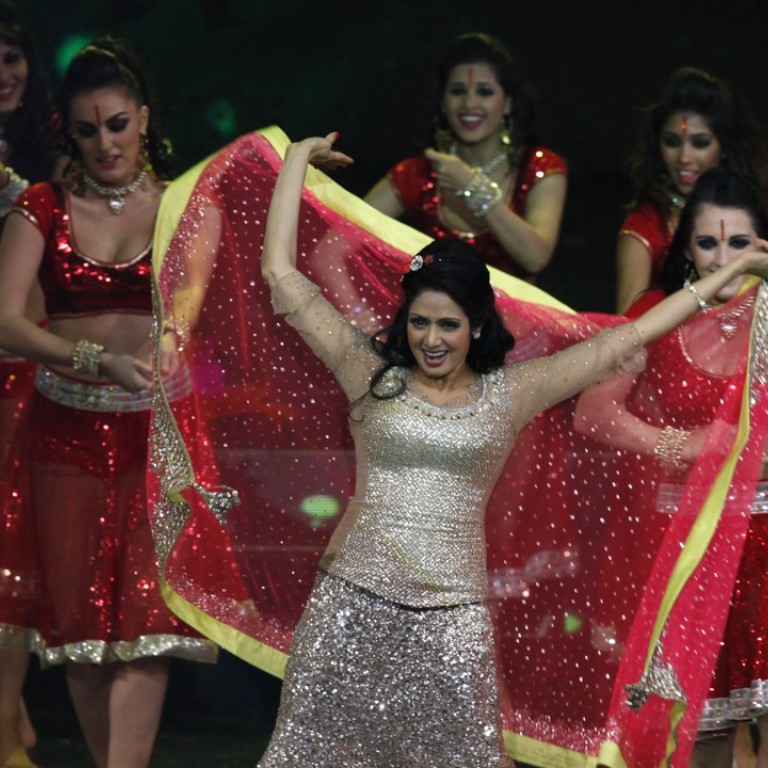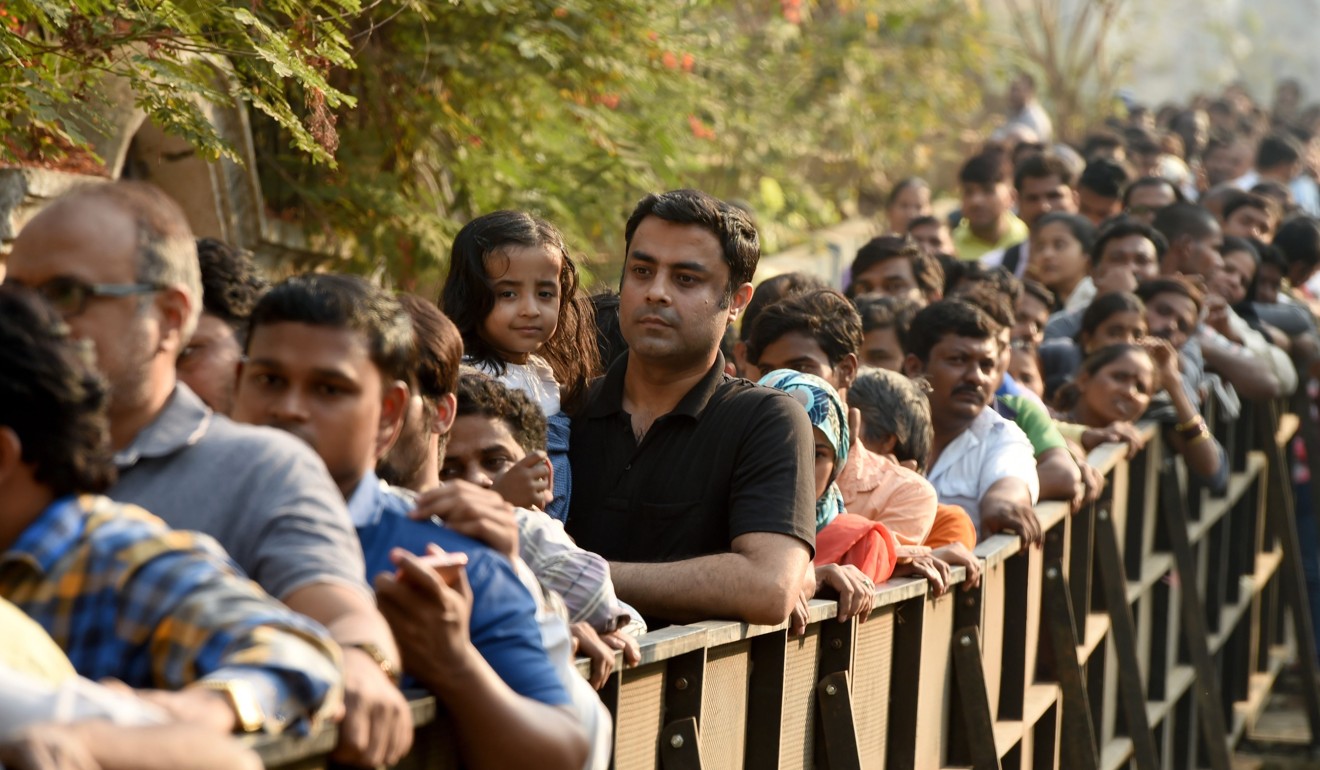
Indian actress Sridevi’s death exposes TV news as all song and dance, with no substance
Amrit Dhillon says the lurid TV coverage of the iconic actress’ death reveals that entertainment is masquerading as news in India
The coverage was insensitive, sensational and totally speculative, without much thought for her family. First came the gushing praise of the actress. Television anchors were out of breath as they shouted about her iconic status, her popularity, beauty and talent. There were the endless clips of film stars and others waxing lyrical about Sridevi. Then, the endless loop of footage of the star, the fuzzy clips of her dancing at a wedding, the last time she was seen alive in public.
India bans condom ads from prime time TV in crackdown on ‘vulgar’ content

Little of the reporting was attributed to sources. Few of the claims were verified. Pure conjecture ran amok. No one was prepared to wait until an investigation had established the facts about how she died.
The disgraceful coverage exposed what has become the biggest flaw in Indian television news: it is all debate and opinion, no reporting
The most bizarre aspect of the coverage was the bathtub. Let it be noted that bathtubs are not common in India. For a bath, you need space and lots of water, both of which are not always available in abundance. Most Indians prefer showers (if they are rich) or buckets (if they are poor or middle class). To enable the audience to picture a bath, one channel put up a huge graphic of a bathtub next to a photograph of the actress. A top newspaper kindly provided an image of a bathtub.
Some seemed bewildered as to how Sridevi could have died in a bathtub. Bath dimensions were discussed: how could such a tall woman drown in a smallish bath? How much water could a bath hold? “About a foot and a half”, said one anchor gravely, gesturing with his hands to indicate the depth. No one seemed aware that a person can drown in a few inches of water.
Conspiracy theories were bandied about with abandon. The only moderately sane channel had to dissociate itself from the nonsense being churned out by others. It began a debate with the anchor announcing: “If you want speculation and conspiracy theories, switch to another channel right now because you ain’t getting that here.”
How fake news is fuelling India’s nationalism
The disgraceful coverage exposed what has become the biggest flaw in Indian television news: it is all debate and opinion, no reporting. Reporting costs money. Investigations take time. Instead, the news channels take the cheap and easy option. They pick up a story from the wires or newspapers, call in some voluble and vociferous shriekers and shouters, set the cat among the pigeons by starting a provocatively framed discussion, and then sit back and let the feathers fly. It’s a circus. It may even be entertainment, for those who enjoy a bit of bedlam in the evenings. But it is not news.
Amrit Dhillon is a freelance journalist in New Delhi

